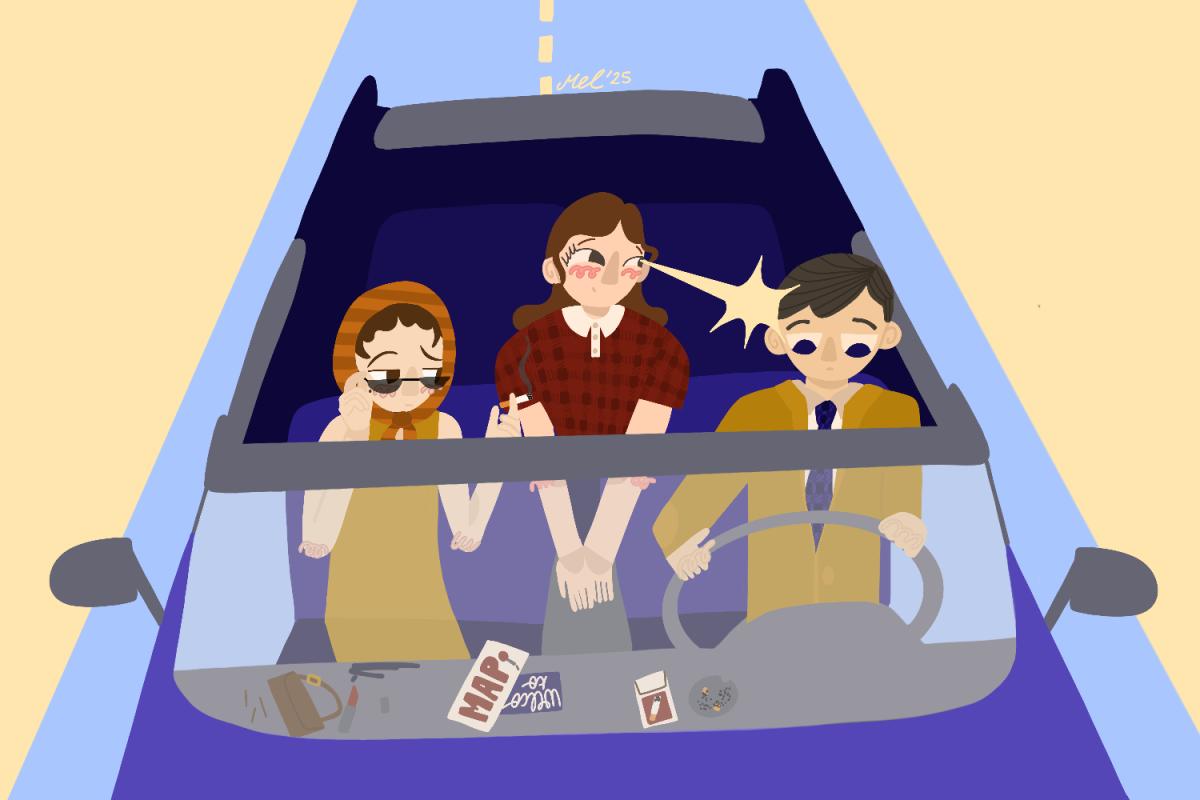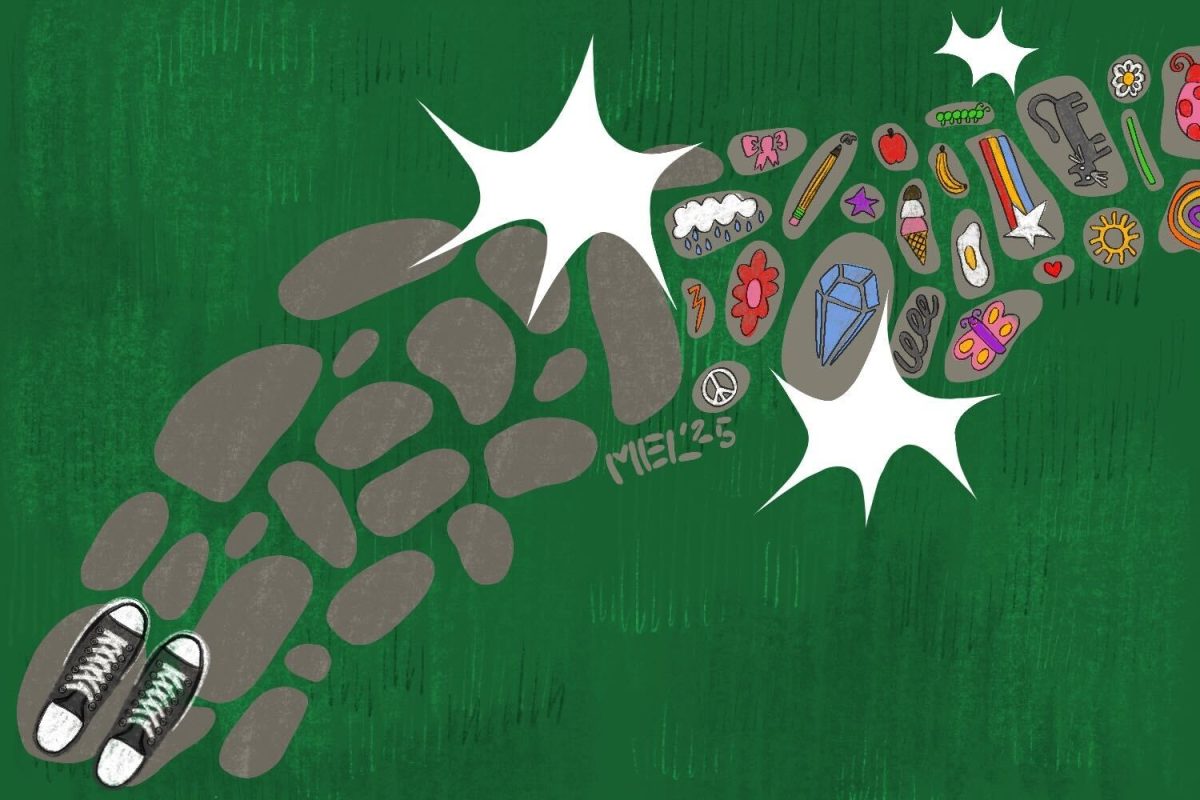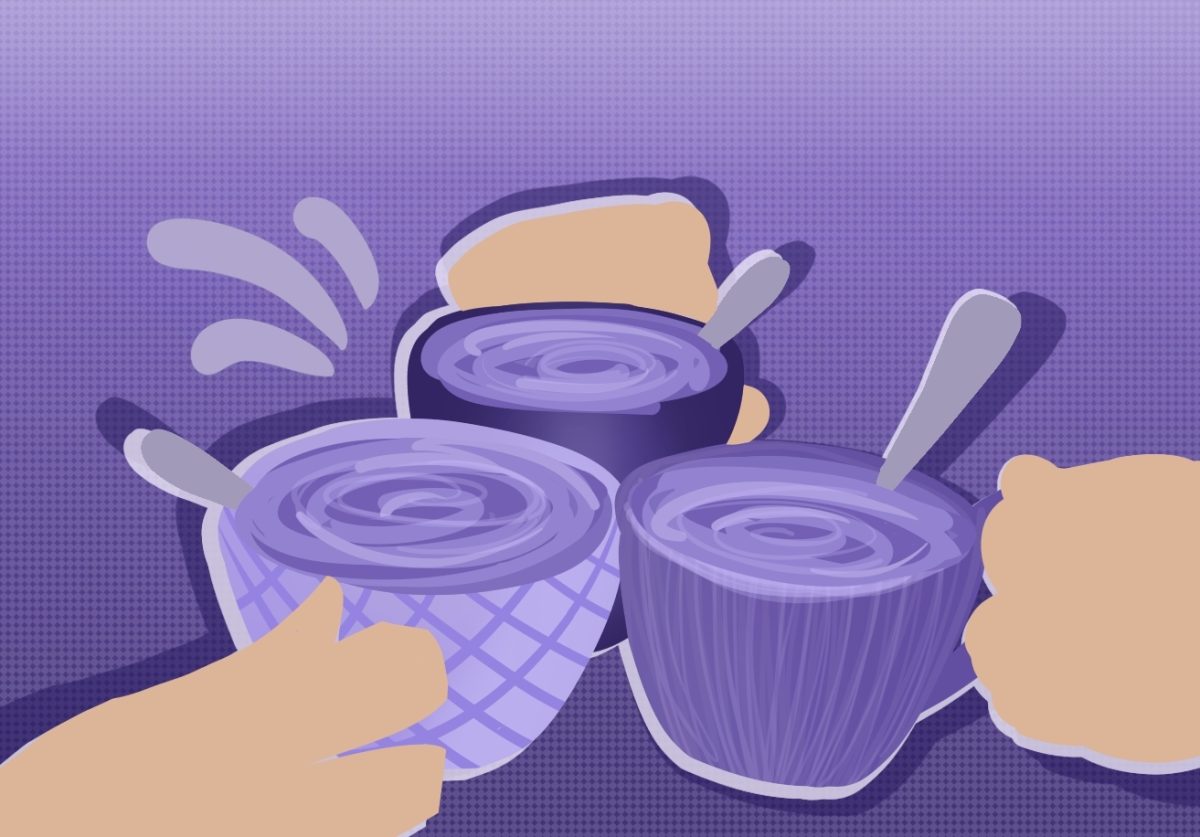What are you wearing? It matters more than you’d think. In high school, many of us were told to change our tank tops because our bra straps were showing, or to pull up our pants when they hung below the waistband of our boxers. We were sent home for wearing skirts that didn’t touch our knees or T-shirts with curse words on them. But were any of us public school-goers ever sent home for the color of our polo shirts? Maybe not, but an 8-year-old girl from New Jersey was.
Suspended from her public elementary school for one day, the young lady wore a shirt that was the wrong shade of green. Instead of wearing a shirt or blouse that was white, dark green or navy, she wore one that was kelly green, and thus violated the school’s dress code.
According to the Associated Press, Winslow Township School District’s dress code reads: “School attire can influence a pupil’s behavior and potentially impact the academic environment.”
Of course, this statement may be true of middle and high school classrooms. After all, we all need to be taught professionalism at some point in our lives, and around age 13 isn’t a bad time to start learning. But this young girl and her classmates are under the age of 10 — they are learning their times tables and long division and playing tag at recess. They certainly aren’t worried about sustaining a professional learning environment, and their teachers shouldn’t be either.
This extremity may be deemed tolerable, if not understandable, if this were a private academic institution. However, because Winslow Township Elementary 4 is a public school, the administration is arguably placing a limit on free speech.
That being said, suspension for the color of a shirt seems counterproductive to the school’s interest in upholding a certain academic environment. There are many other distractions that could impede a students’ ability to learn, such as kids disrespecting their teachers or even, as seen in recent years, texting during class.
If the girl were to be, let’s say, wearing an obscene T-shirt or a dress of an inappropriate length, it would seem more reasonable to punish her. However, in any case, suspension as punishment for a dress code violation this minor is undoubtedly extreme. Was the color of this girl’s shirt really impacting the focus of her peers? More so than removing her from the premises impacted hers?
Perhaps the school was trying to prove a point by making an example of this girl.
But instead of suspending her, the school should have offered another solution, such as providing the girl with a different shirt, or calling her mother and asking her to provide a change of clothes. Now, instead of being distracted by the color of her shirt, these kids will likely be distracted more because their friend was suspended from school.
While academic environments should obviously be conducive to learning, there is more to school than math, reading and science. Kids should be taught to express themselves, and to represent themselves as they see fit. You want to wear a Rapunzel dress to school? Go for it. You want to wear a colorful top for Valentine’s Day? Who cares? Go for it. What’s important is that these kids are learning to be respectful of other’s choices, and by enforcing a dress code this extreme, the school is taking away that chance.
Extreme cases like this are becoming all too common, and proving a point about professionalism isn’t worth taking away a student’s ability to learn and grow academically. Kids are beginning to miss school for petty things. Parents can’t remove their children from school for three days to go on vacation to visit their extended families, but schools can suspend a child for a day because they wore a minimally disruptive colored shirt to class? She isn’t making a political statement. She probably didn’t even chose the shirt she wore to school that day, because she’s 8 years old. Enforcing a dress code of this nature is unrealistic, and creates more disruption than it’s worth.




















































































































